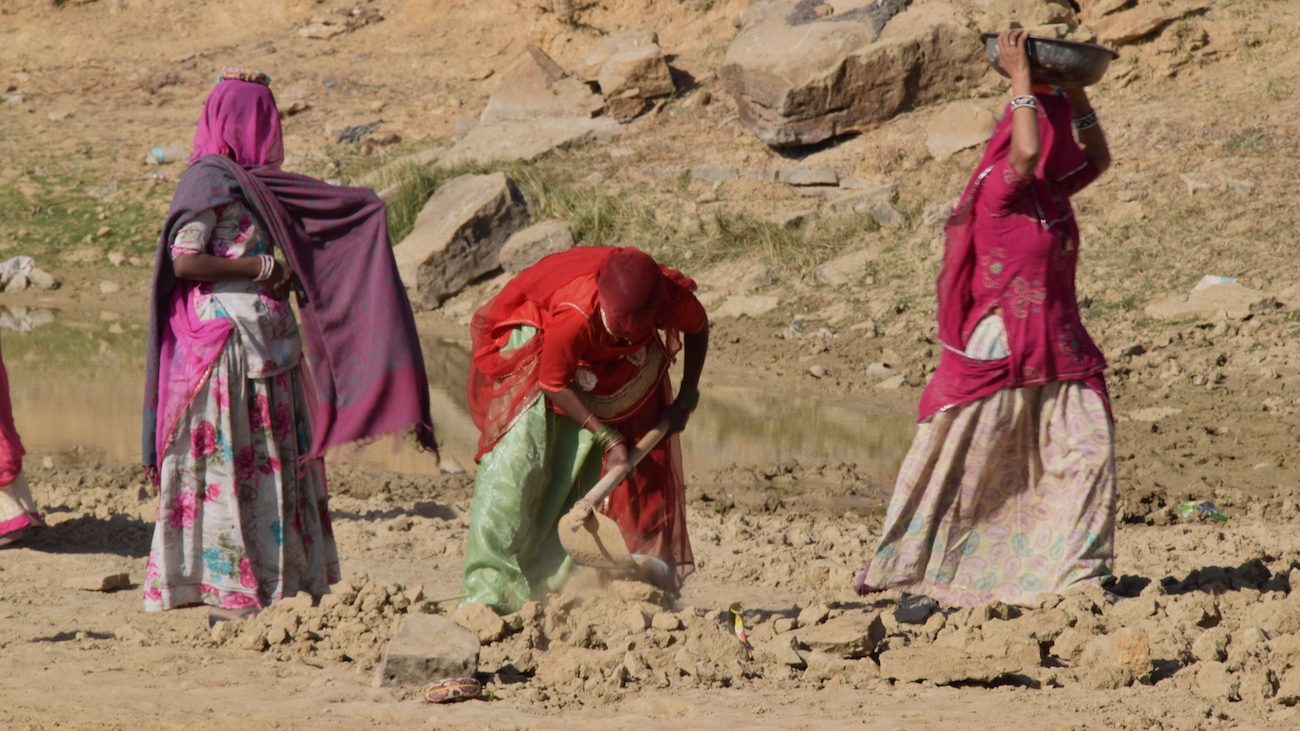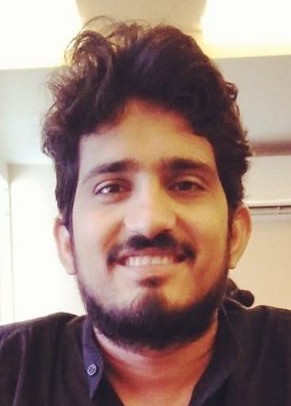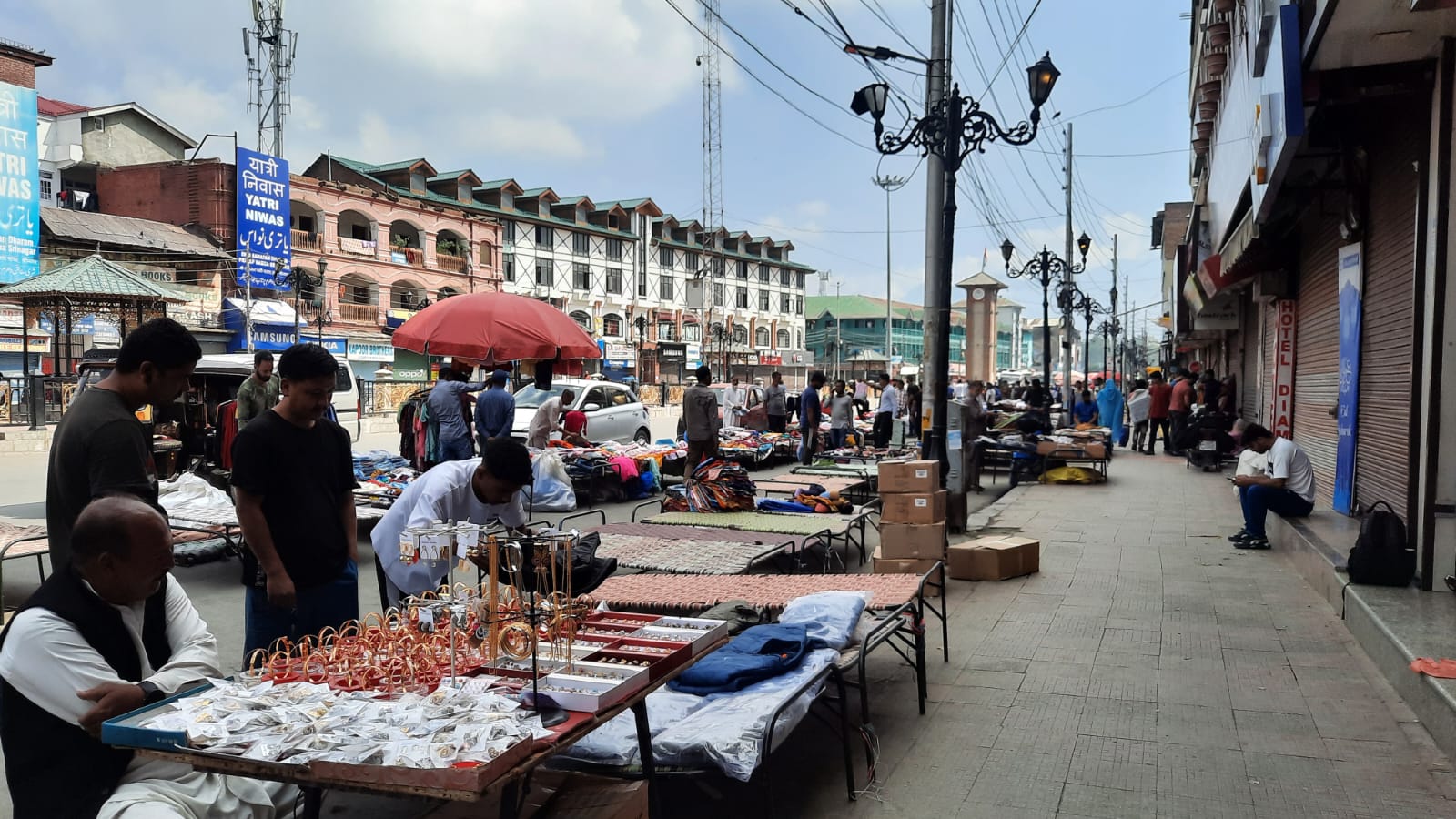India has crossed the 15 lakh COVID-19 cases mark. It is estimated that we will end up with one crore cases. As of now, around 80 per cent of the cases are from 49 cities and towns and more than half of them belong to ten cities. The coronavirus first arrived in metropolises and then made its way to smaller cities and towns. If appropriate measures are not taken now, there is no doubt that the bare-bones healthcare facilities of rural India will be unable to cope with a flood of cases.
In Rajasthan, new cases are being detected in rural areas, too. So there is an urgent need for sound strategies to stem the spread. The rules and regulations issued by the central and state governments need a rethink keeping rural India in mind. Unlike in cities, among the rural population there is a lack of awareness about the virus and the health complications it can cause. I have been staying in my village in Rajasthan’s Ajmer district for the past four months. Here, people seem to have forgotten about the virus. Physical distancing or masks are not among their priorities. In the early days of the lockdown, the people here were more serious about the epidemic but as the restrictions were relaxed, the fear went away. They had equated the threat of the virus with the lockdown restrictions. Yet, even during the lockdown, many weddings took place with good attendances, without physical distancing, masks or attention to hygiene. Recently, when the Rajasthan government banned the death feast, many people in my village were sad because that had been an opportunity to enjoy delicious food. Once the lockdown was eased, the police stopped doing the rounds. Anganwadi and health workers stopped their awareness drives. Now it is as if the virus is a thing of the past.
Awareness drives about preventive measures, symptoms and treatment need to be reactivated. Sarpanches and ward members, Accredited Social Health Activists (ASHA), Anganwadi and health workers and schoolteachers need to be mobilized for the purpose. School management committees and other local committees and associations can also be used in a more effective manner to generate awareness. The active participation of these local bodies will help change the attitude of the rural people.
There are behavioural challenges for rural people. Keeping sanitizers, putting on masks, washing hands regularly with soap, physical distancing and so on are practices that are alien to them. In my village there are so many people who don’t use soap; they prefer sand instead. They wash hands to remove dust, not germs. Open defecation is still prevalent in the rural areas, following which people wash hands at the nearest source of water, like a hand pump, using sand. They don’t go back home to wash their hands. Yes, it is true there have been government initiatives to make villages open-defecation-free. It is now mandatory for people to build toilets at their homes but the reality is that even if they have built toilets, people don’t use them.

In many villages, water supply is not sufficient for the use of toilets to be practical, so people prefer open defecation. People are also accustomed to being in open areas, amid nature, rather than in closed spaces like a toilet. Sanitizers cost money, and scarcity of water means that repeated washing of hands is not possible. The parda system already exists in rural areas and women may find wearing masks under their chunri uncomfortable. So these are some of the behavioural challenges that need to be addressed in policies and the policymakers will need inputs from members of local elected bodies.
Then there is discrimination. Caste- and religion-based discrimination is still rife in rural India. Villages can keep the virus at bay only if there is unity and solidarity. A few weeks ago, nine positive cases were detected among the Nat community in my village. The Nat are a Denotified Tribe (DNT), now classified as a Scheduled Caste (SC). The part of the village where the community, consisting of around 40 families, lived was sealed off to stop the spread of the virus. Emergency services and the supply of basic necessities were still allowed. But what the rest of the village did was appalling. They did not allow water tankers to enter the area, they stopped the supply of milk and even ration shops were not accessible to them.
There are 1500 households in the village. The dominant, resource-rich caste in the village is the Jat, classified as an Other Backward Caste (OBC) in Rajasthan. The other major communities are Rajput, Brahmin, and Mali. Apart from the Nats, there are other SCs also living in the village like Bairwa, Rager, Dhobi, Khatik and Valmiki. Caste segregation in the village is evident. The Jats own the tractors and the tankers, so they supply water to the village and Malis sell vegetables. When the Nat area was sealed off, the Jats and the Malis stopped delivering these essentials. Upper castes like Brahmins and Baniyas who own ration shops refused supply of grains, pulses, oil and so on to the Nats.
Caste divisions were thus exposed. These age-old divisions could prove to be a challenge in preventing people from succumbing to this epidemic. The government needs to be alert to these possibilities while planning for the days ahead.
Primary healthcare services in villages need to be ramped up, and made effective and efficient. A mobile clinic and an ambulance should be made available to villages. If the virus strikes a village, testing and tracing should be conducted on a war footing. But that won’t be necessary if the awareness drives keep the virus away from the village.
Copy-editing: Goldy/Anil
Forward Press also publishes books on Bahujan issues. Forward Press Books sheds light on the widespread problems as well as the finer aspects of Bahujan (Dalit, OBC, Adivasi, Nomadic, Pasmanda) society, culture, literature and politics. Contact us for a list of FP Books’ titles and to order. Mobile: +917827427311, Email: info@forwardmagazine.in)
The titles from Forward Press Books are also available on Kindle and these e-books cost less than their print versions. Browse and buy:
The Case for Bahujan Literature
Dalit Panthers: An Authoritative History







